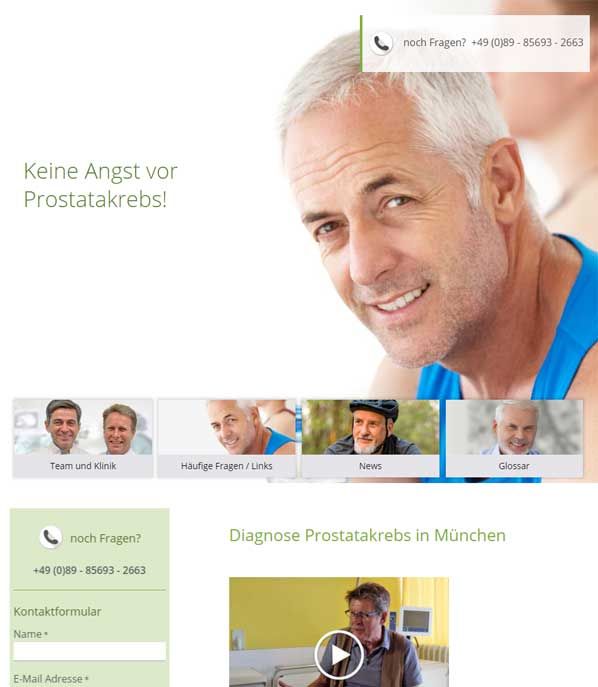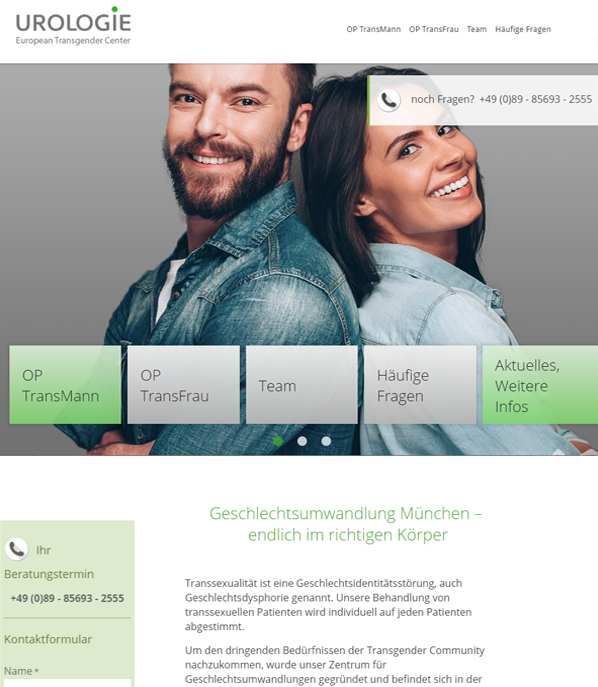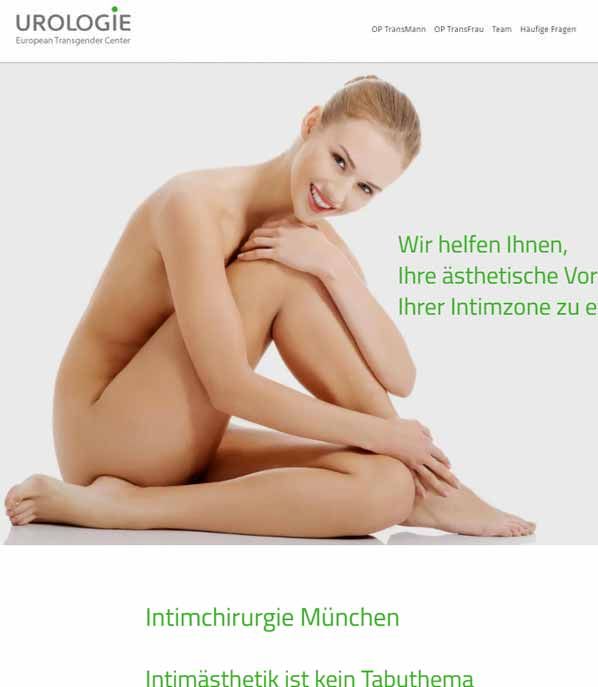Interstitial cystitis (chronic interstitial cystitis)
Interstitial cystitis (IC), also known as bladder pain syndrome, is a special form of cystitis. It mostly affects women starting from the age of about 40. Sufferers report symptoms typical of urinary tract infections, such as bladder pain, pain when urinating (dysuria) and frequent urination (pollakiuria). It is not yet known what causes the disease. To diagnose the disease, it is first necessary to rule out acute bacterial infection and other possible causes of these symptoms.
Various factors – from autoimmune processes and vascular occlusion to hormonal or psychosomatic factors – have been suggested as potential triggers for the disease. The disease is characterised by chronic colonisation of the bladder wall by inflammatory cells, such as mast cells and lymphocytes, ultimately leading to scarring of the bladder wall. This scarring results in a reduction in bladder capacity, which gives rise to the above symptoms.
The disease can be diagnosed using cystoscopy (endoscopy of the bladder), which assesses the capacity of the bladder and the state of the lining of the bladder. Filling the bladder enables the detection of small spot-like haemorrhages beneath the lining of the bladder (glomerulations) and lesions in the lining of the bladder (Hunner's ulcers). Inflammatory cells in the muscle of the bladder can be detected by taking a tissue sample from the bladder wall.
As well as standard drugs taken by mouth, possible therapies include instilling drugs into the bladder (injected through the urethra via a catheter) with the aim of restoring the function of the lining of the bladder by replenishing a structure known as the GAG layer. Stretching the bladder by filling it (performed under an anaesthetic) and, as a last resort, other surgical procedures, including partial removal of the bladder, are also available.







